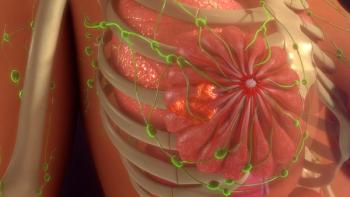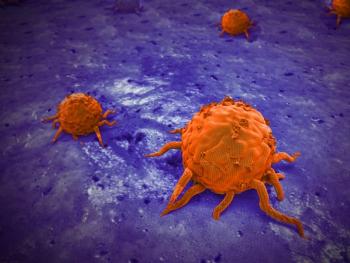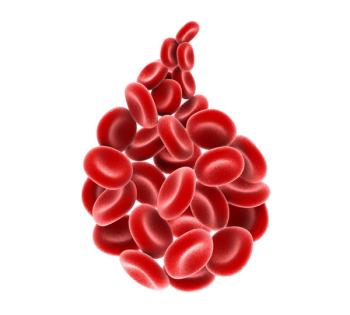
Spiraling Costs: Who Will Address the Role of Medicolegal Drivers?
I think it is a real shame that inside the Beltway, both sides of the political arena have had neither the wisdom nor the courage to recognize and address the fact that medicolegal drivers will continue to push costs upward until someone takes the lead in tackling this issue.
Derek Raghavan, MD
Carolinas HealthCare System (CHS) has always taken care of indigent patients and has thus practiced the philosophy embedded in Michael Porter's more recent treatise on redefining health care. Thus CHS and its Levine Cancer Institute will continue to provide care to all patients with cancer and allied disorders. We recognize that costs need to be reduced and efficiencies and quality increased, and these objectives are embedded in our work.
I think it is a real shame that inside the Beltway, both sides of the political arena have had neither the wisdom nor the courage to recognize and address the fact that medicolegal drivers will continue to push costs upward until someone takes the lead in tackling this issue.
More on the Supreme Court Decision
Newsletter
Stay up to date on recent advances in the multidisciplinary approach to cancer.




















































































